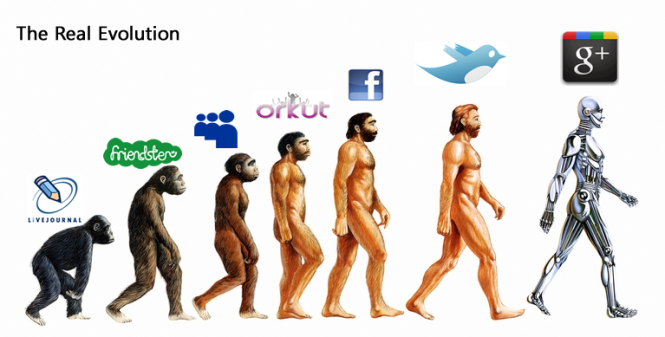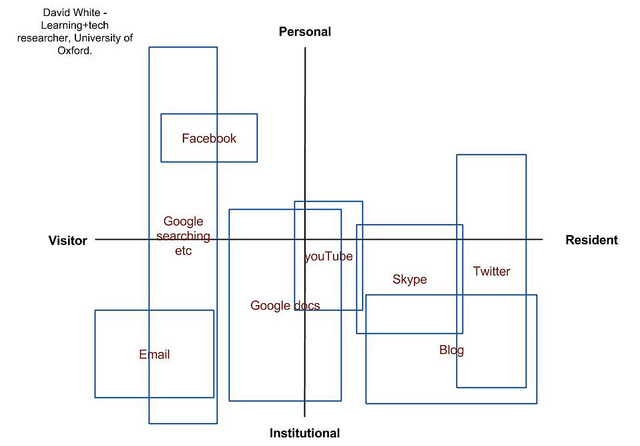After having a look at other people’s blogpost about Visitors and Residents, I believe all of us now are fully aware of the differences between visitors and residents. According to David White, he mention that the difference between visitors and residents is visitors do not leave any traces of existence on the Web but residents do (References – a). Another online article that I came across mentions that we could be residents in some spaces but only ‘short-lived’ (References – b). This means that the current digital space that we are living in might just be substituted by something else as time passes. Anyone remembers Friendster? It has been replaced by Facebook in the current years. Who knows what will be next to take over Facebook?
References – c
One of the things that I found out about digital visitors and residents, in order to understand them better, we have to get behind on what motivates them to come back to the digital world (References – d)? We are clearly aware that age is not a factor that defines whether they are visitors or residents. No doubt that the older generations might not be used to the network spaces because they do not grow up with them. However, as they ‘stay longer’ on the digital space, they will be used to the digital platforms just like how the young people do nowadays.
In conclusion, I guess it doesn’t matter so much whether we are a visitor or a resident. In realities, we could be both a visitor and a resident. For instance, in the visitor mode, I could be researching on different types of flowers to fulfil my science project. I can also be a resident sharing on my Twitter about my weekend. The key takeaway is, will we be prepared for what is ahead of us now or we just remain as where we are now?
References
a. Visitors and Residents – YouTube. 2014.Visitors and Residents – YouTube. [ONLINE] Available at: https://www.youtube.com/watch?v=sPOG3iThmRI. [Accessed 28 November 2014].
b. . 2014.. [ONLINE] Available at: http://whataphotos.com/wp-content/uploads/2012/02/Real-evolution-Fun-Photos.png. [Accessed 28 November 2014].
c. Learning with ‘e’s: Taking up residence . 2014.Learning with ‘e’s: Taking up residence . [ONLINE] Available at: http://steve-wheeler.blogspot.sg/2014/03/taking-up-residence.html. [Accessed 28 November 2014].
d. Visitors and residents: what motivates engagement with the digital information environment?. 2014.Visitors and residents: what motivates engagement with the digital information environment?. [ONLINE] Available at: http://www.informationr.net/ir/18-1/paper556.html#.VHggj9KUc1J. [Accessed 28 November 2014].


